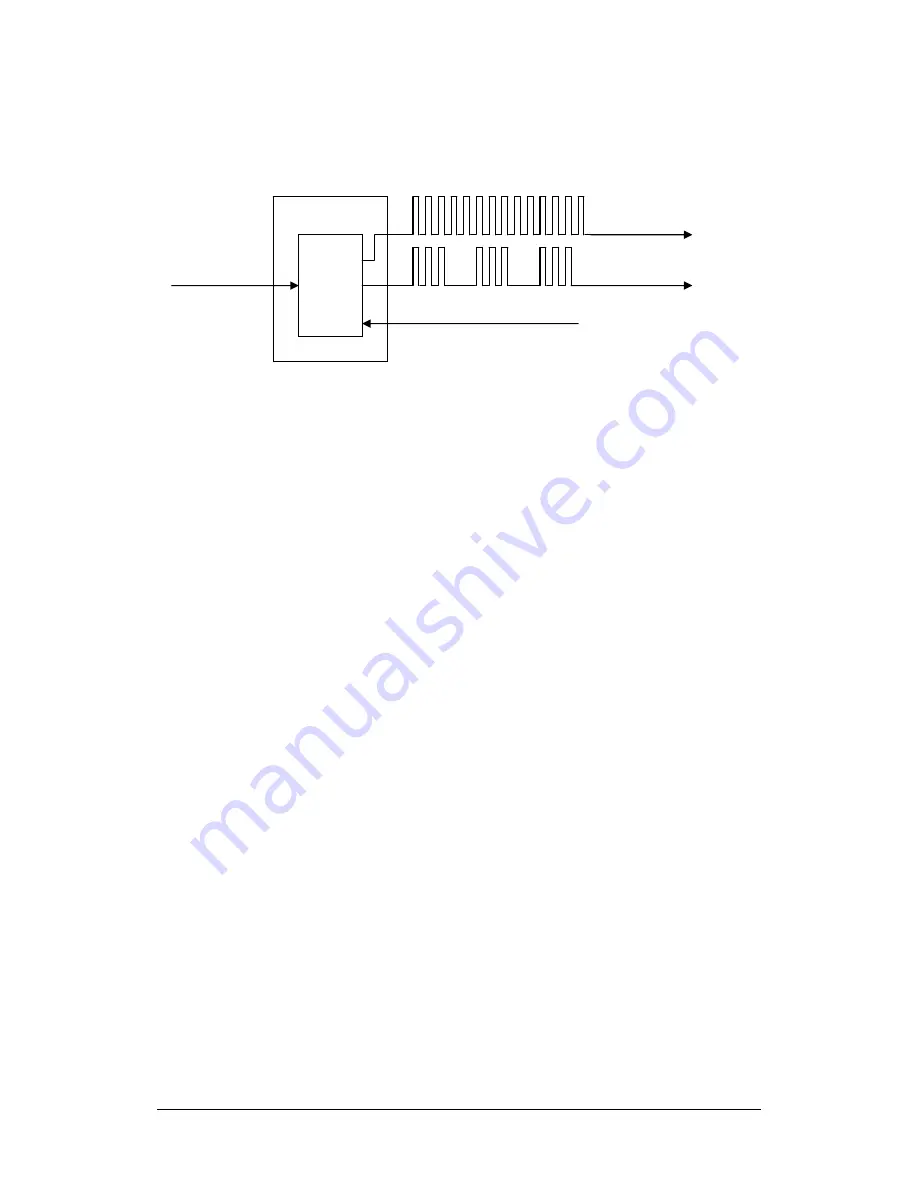
I-7088 and M-7088 User Manual, Rev: A1.2 7MH-026-A12
5
1. Introduction
The I-7088 has 8 PWM output channels and 8 counter inputs and
can be used to develop powerful and cost effective analog control
systems. PWM (Pulse Width Modulation) is a powerful technique for
controlling analog circuits that uses digital outputs to generate a
waveform with a variable Duty Cycle (the fraction of time that a
system is in an "active" state) and frequency to control analog
circuits, and can be used to control the position/speed of motors,
control the brightness of lamps, or control the speed of fans, etc.
The I-7088 will also automatically save the counter value to
EEPROM if the power supply is interrupted or lost. Refer to Section
1.7 for details.
Features
Automatic hardware generation of PWM outputs without the need
for software intervention.
1Hz ~ 500KHz PWM output frequency with 0.1%~99.9% duty
cycle (Refer to Section 4.2).
Software and hardware trigger mode for PWM output.
Individual and synchronous PWM output. By using software
trigger mode, you can set the configuration for all PWM channels
then trigger them either individually or all at the same time.
Burst mode PWM operation for standby.
DI channel can be configured as either a simple digital input
channel or a hardware trigger source for the PWM output.
Software Trigger
PWM (Continuous Mode)
I-7088
MCU
DI / Hardware Trigger
PWM (Burst Mode)






































